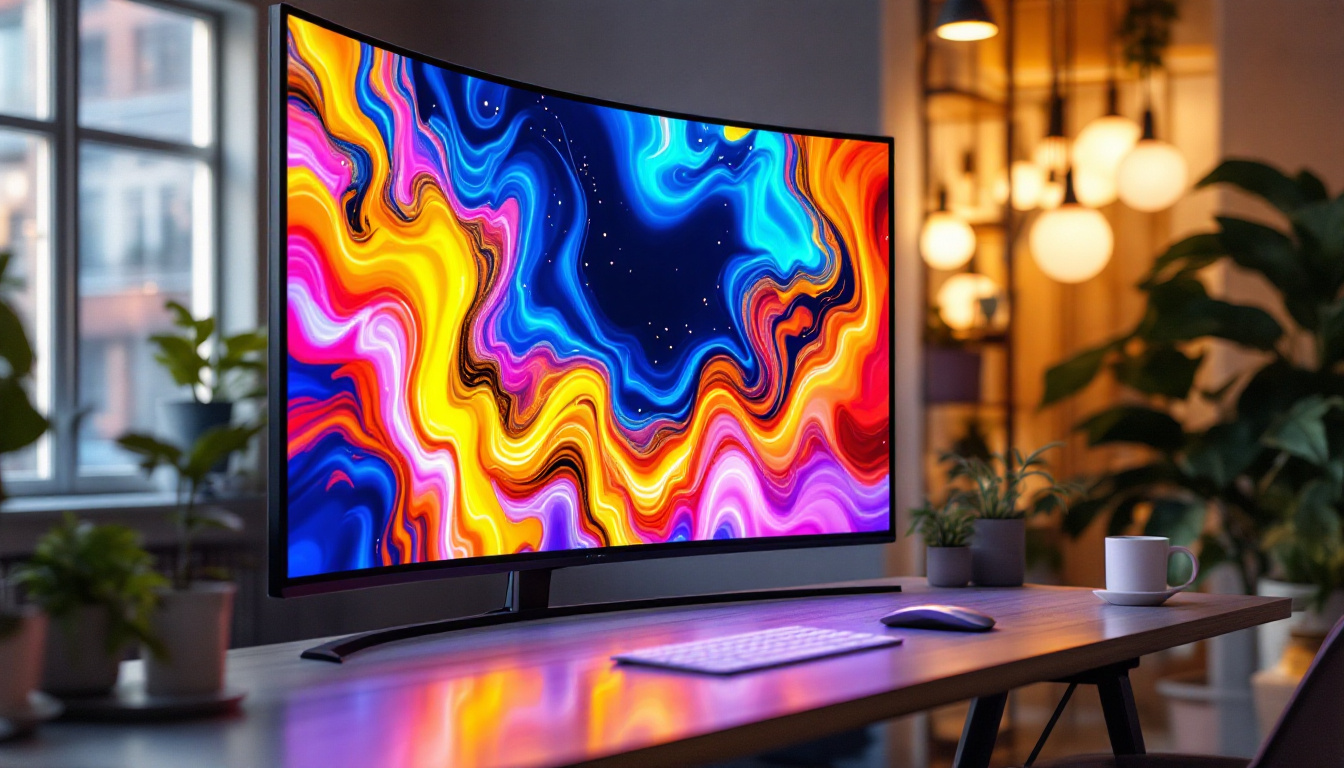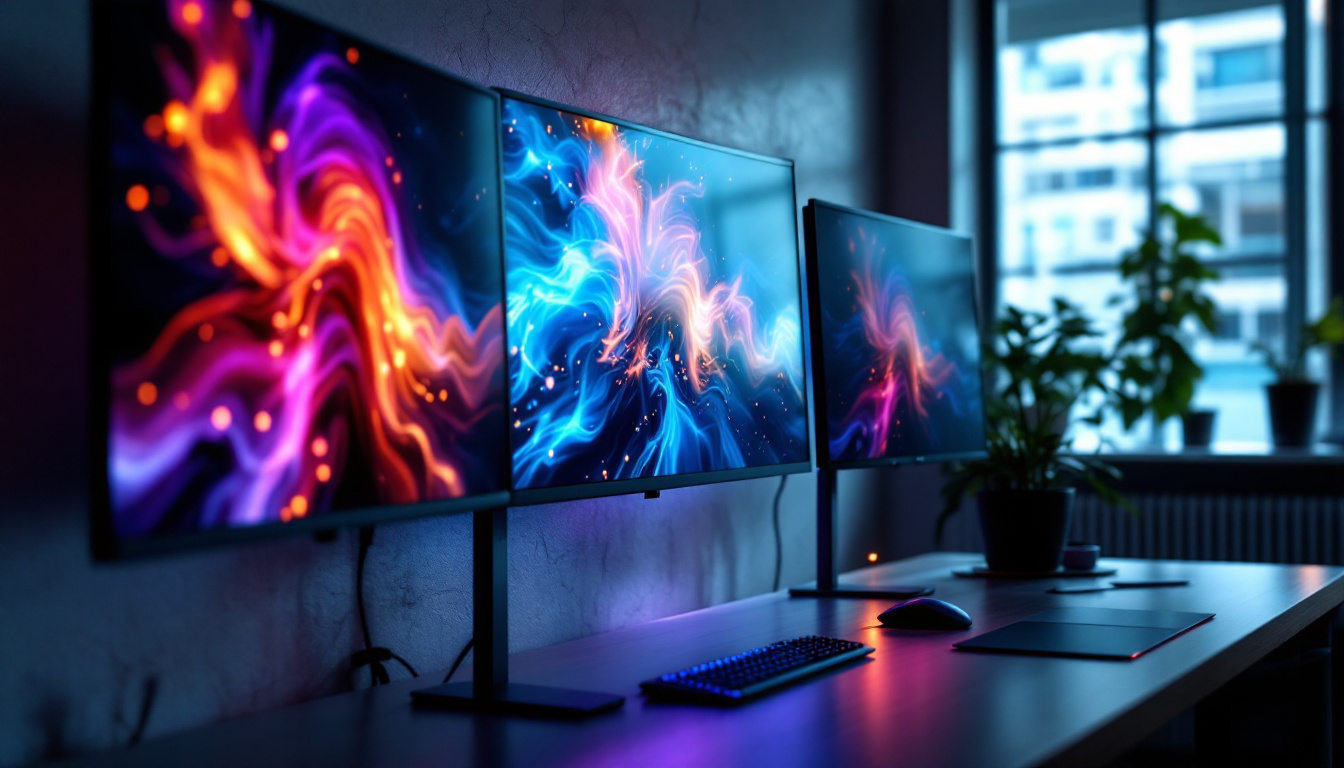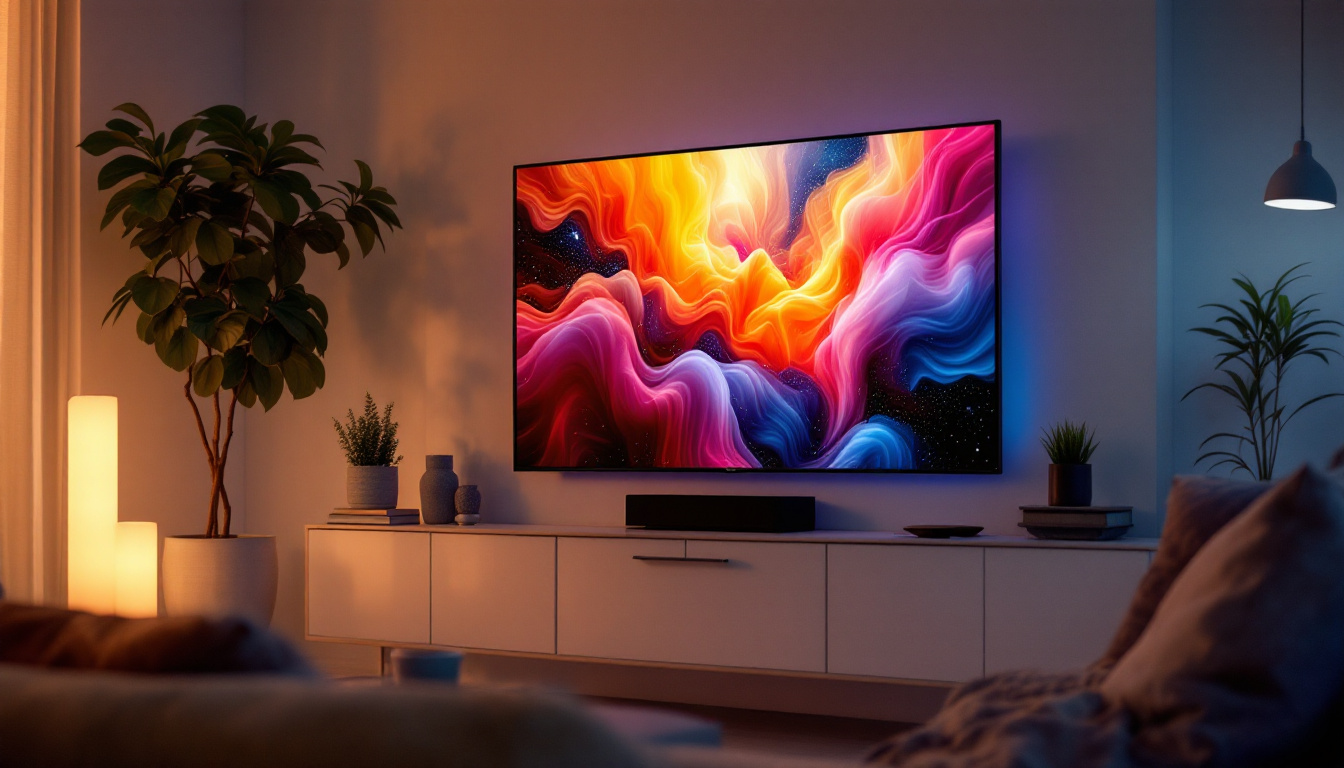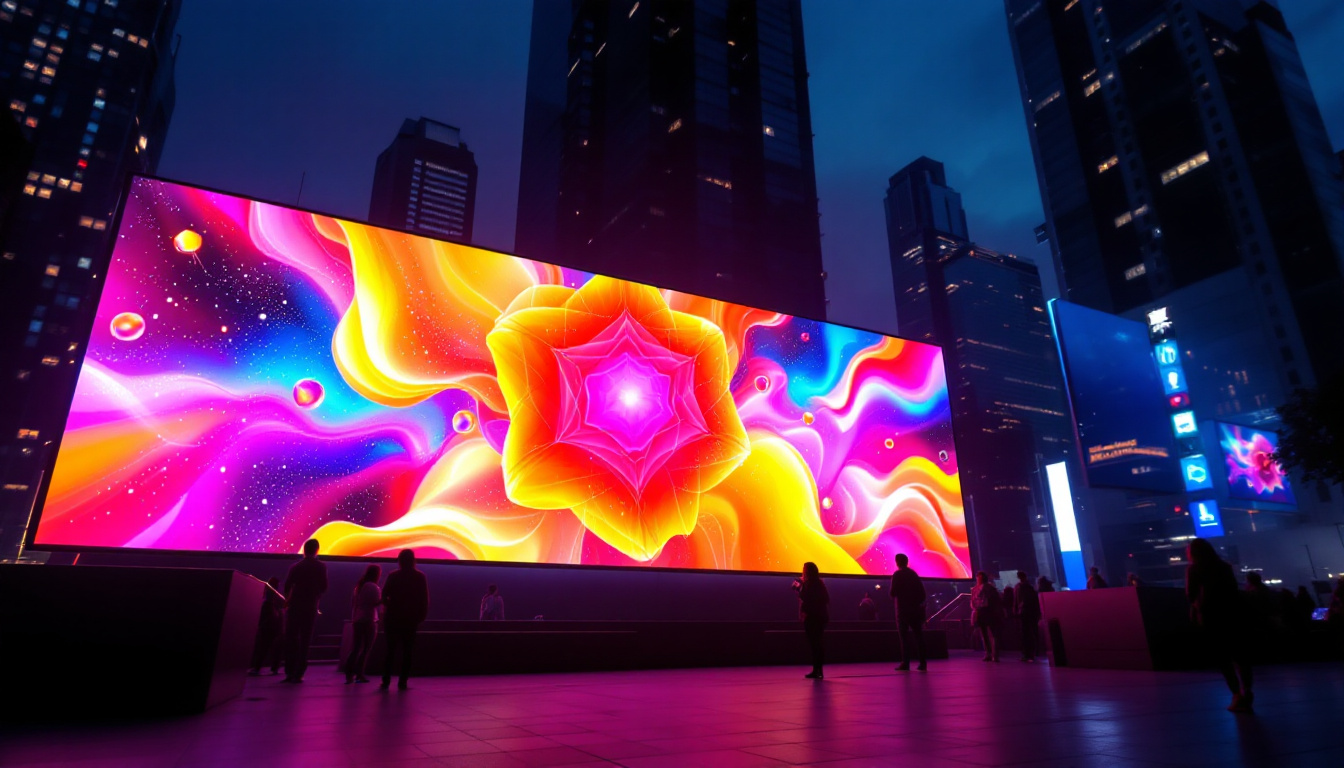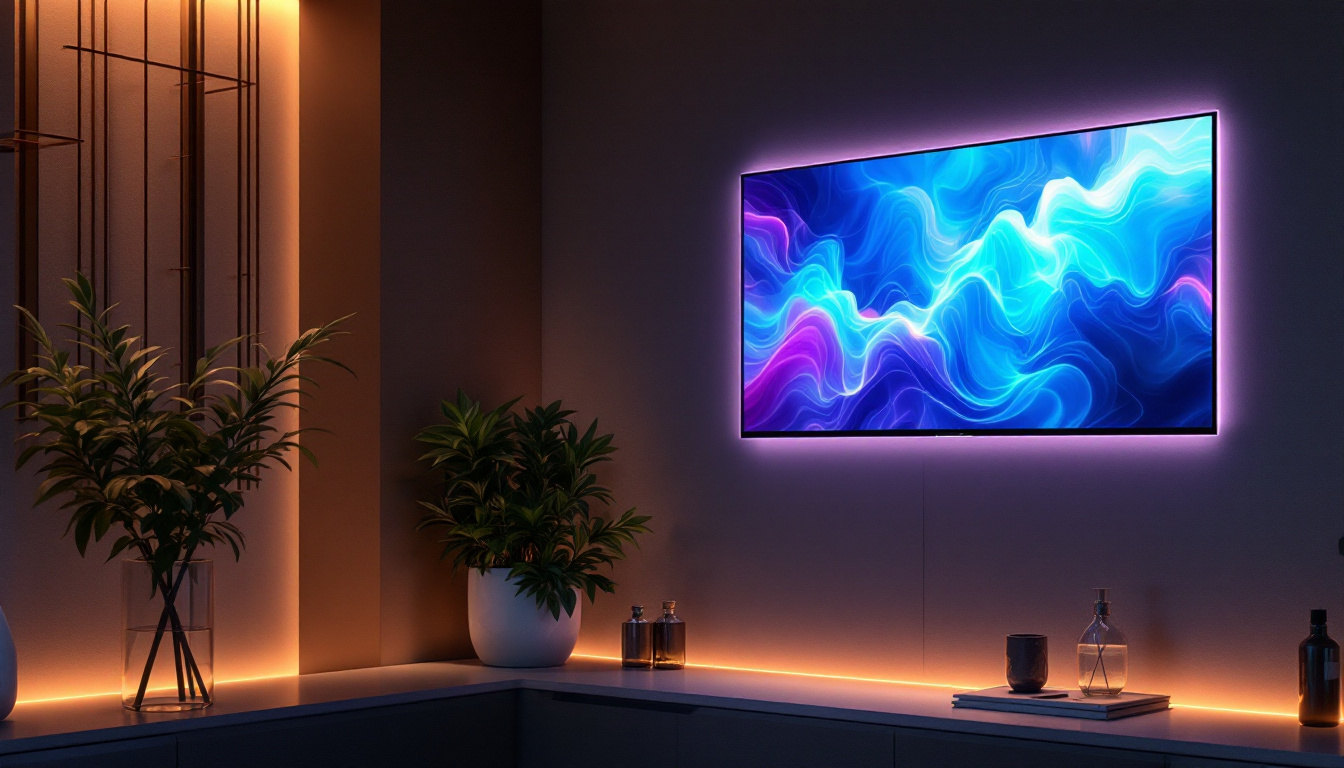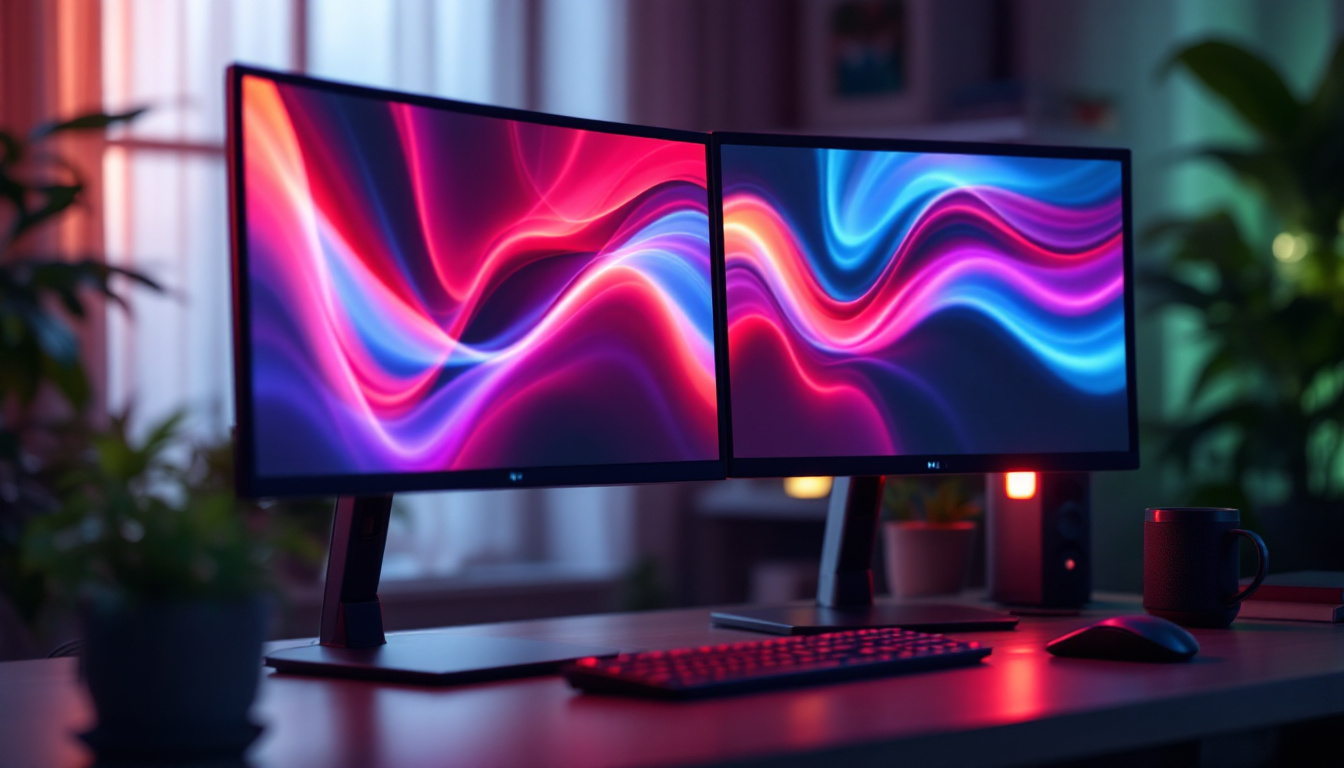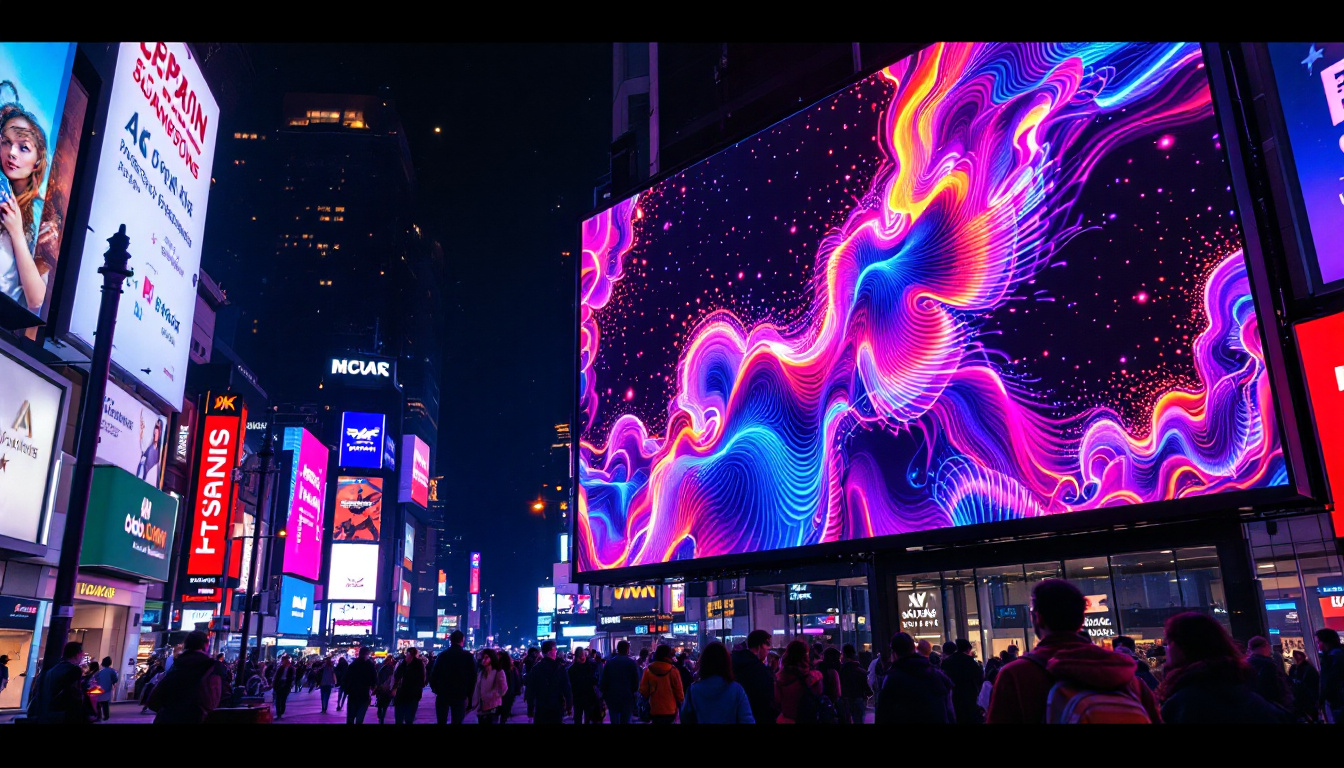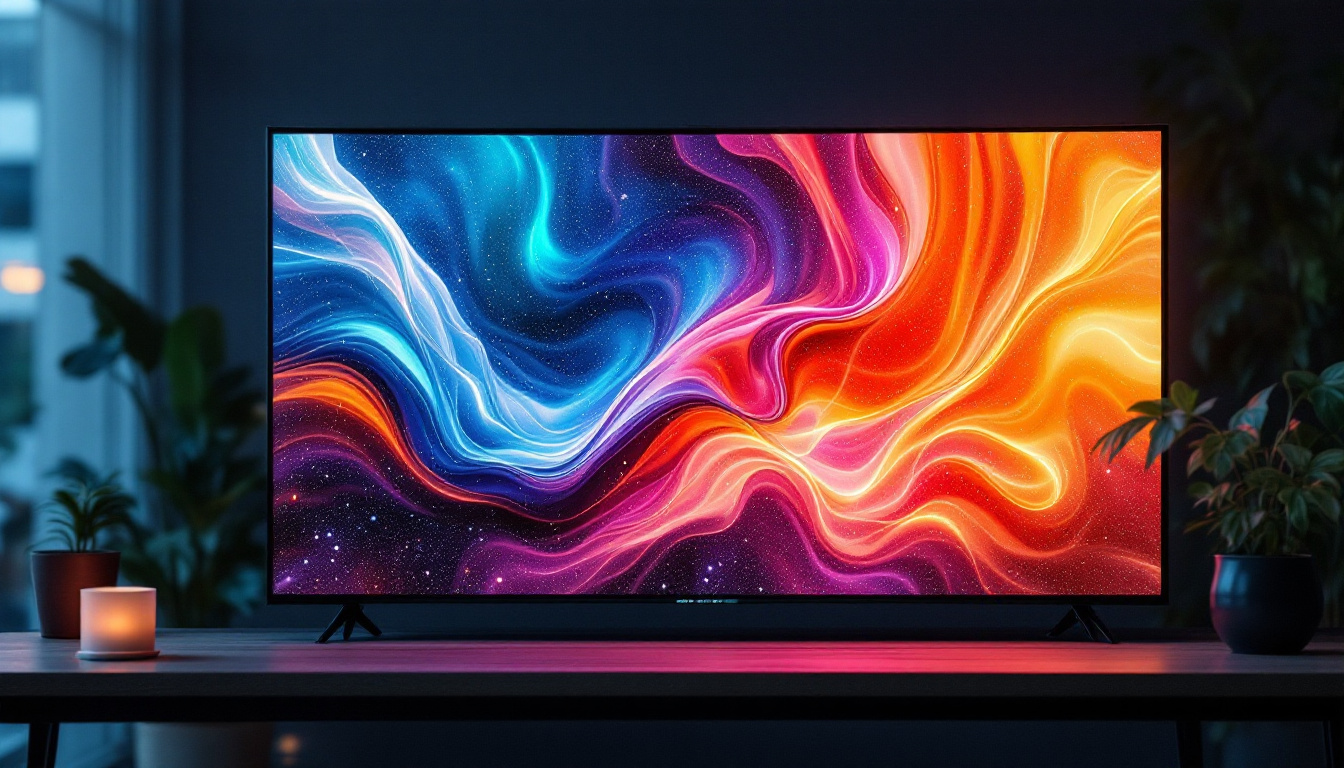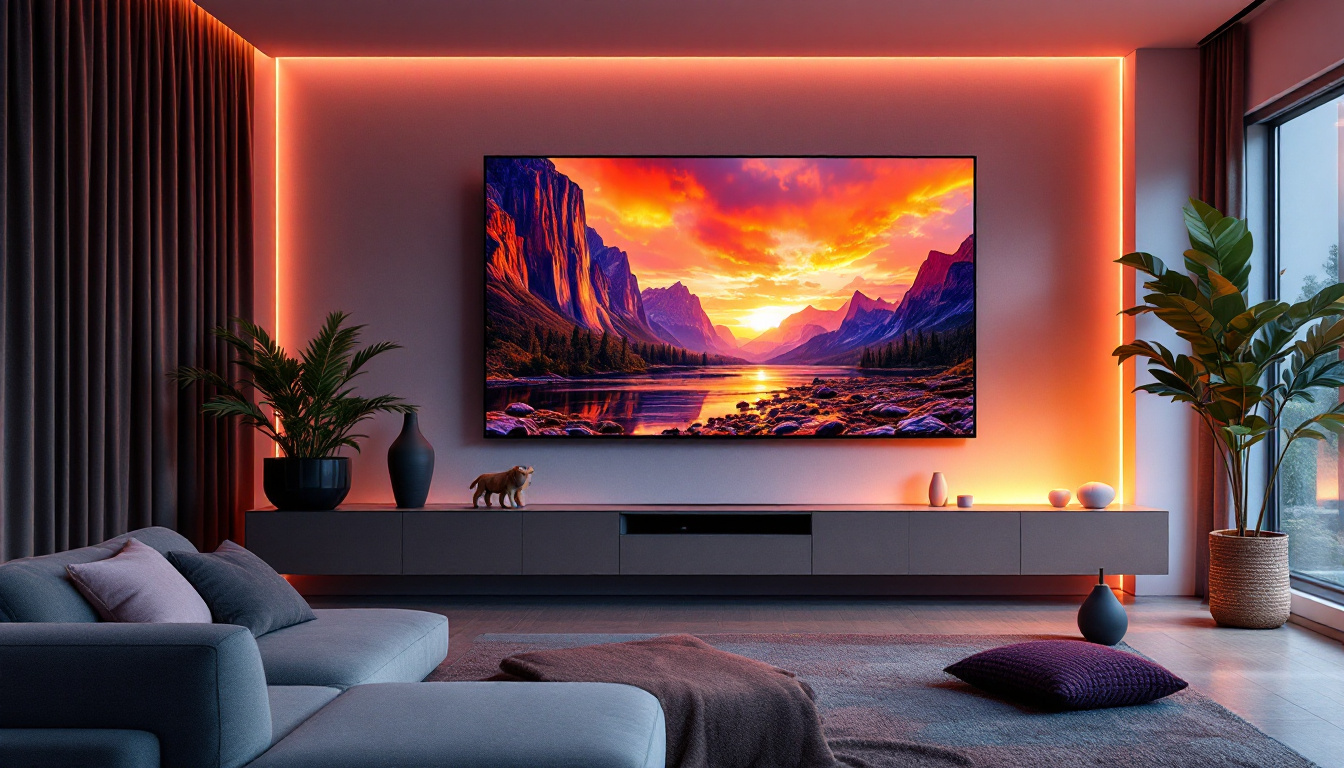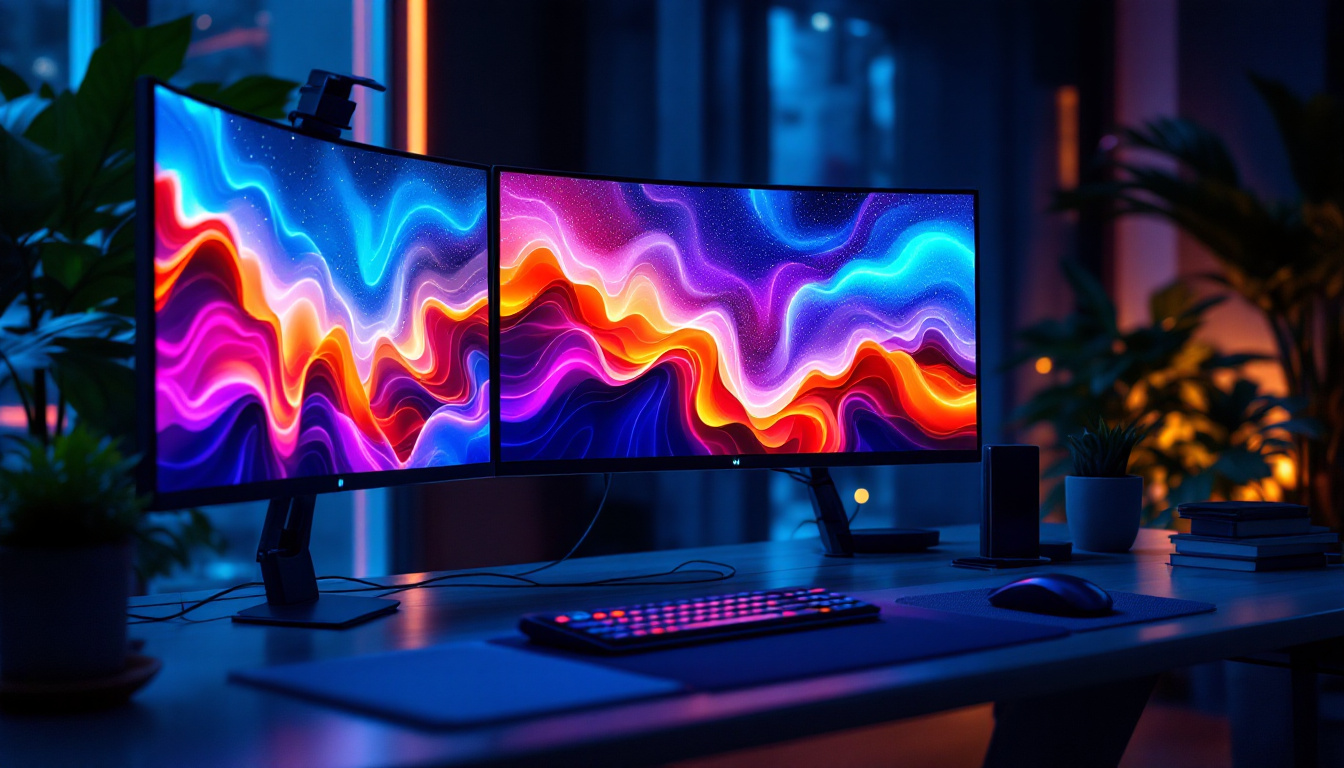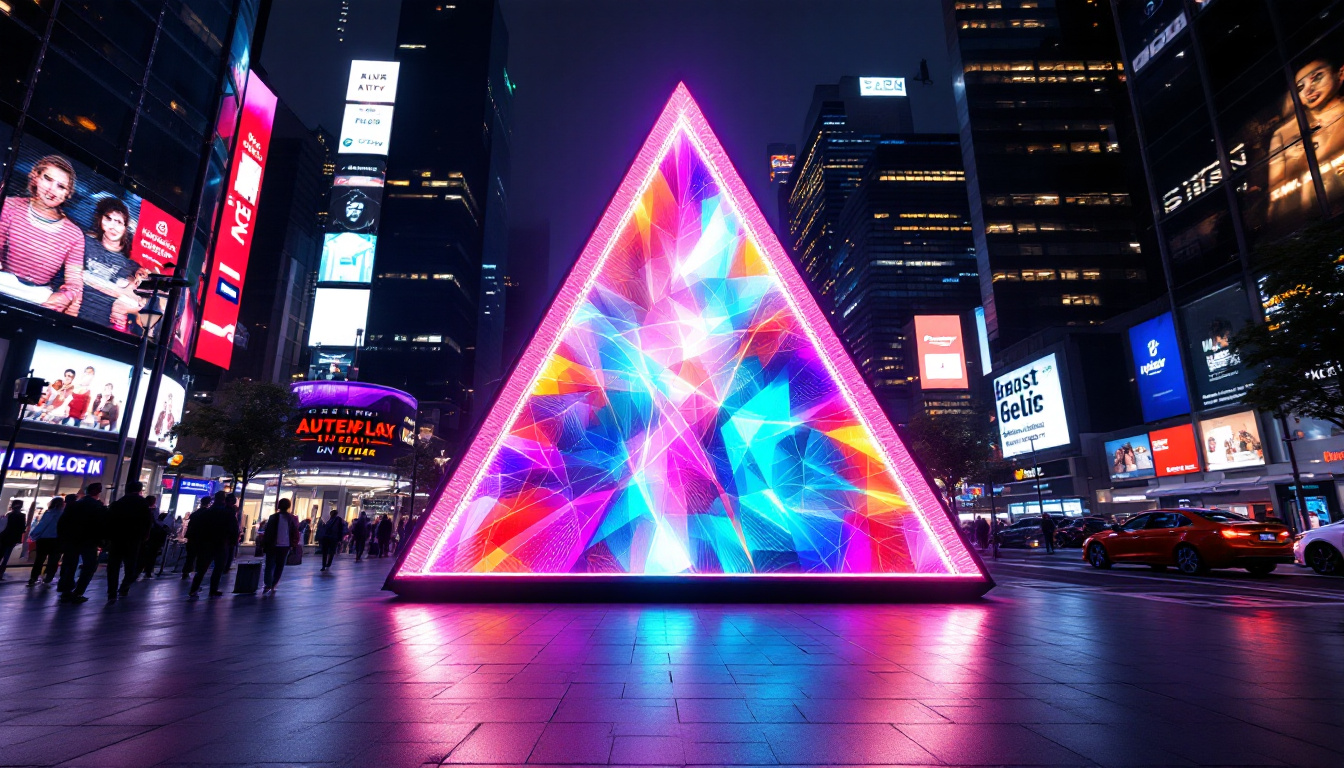In the world of display technology, the terms LED and LCD are often used interchangeably, leading to confusion among consumers and tech enthusiasts alike. Understanding the relationship between LED and LCD monitors is essential for making informed choices when purchasing a display. This article delves into the intricacies of LED displays, how they relate to LCD technology, and what consumers should consider when selecting a monitor.
Understanding LCD Technology
Liquid Crystal Display (LCD) technology has been a staple in the display industry for decades. It utilizes liquid crystals sandwiched between two layers of glass or plastic. When an electric current is applied, these crystals align to allow varying amounts of light to pass through, creating images on the screen. However, LCDs require a backlight to illuminate the display, as the liquid crystals themselves do not emit light. This fundamental characteristic of LCDs has paved the way for advancements in display technology, leading to the development of more vibrant and energy-efficient screens.
Types of LCD Displays
There are several types of LCD displays, with the most common being Twisted Nematic (TN), In-Plane Switching (IPS), and Vertical Alignment (VA). Each type has its strengths and weaknesses, making them suitable for different applications. Understanding these differences is essential for consumers to make informed choices based on their specific needs and usage scenarios.
- TN Panels: Known for their fast response times and affordability, TN panels are popular among gamers. However, they often suffer from poor color reproduction and limited viewing angles, which can detract from the overall gaming experience. This makes them less ideal for tasks that require precise color accuracy, such as photo editing or graphic design.
- IPS Panels: IPS technology offers superior color accuracy and wider viewing angles, making it ideal for graphic design and professional work. The trade-off is generally slower response times compared to TN panels, which can be a drawback for competitive gaming. Nonetheless, the vibrant colors and consistent brightness across various angles make IPS panels the preferred choice for artists and content creators.
- VA Panels: VA panels provide excellent contrast ratios and good color reproduction, making them suitable for media consumption. However, they can have slower response times and limited viewing angles compared to IPS displays. This means that while they excel in delivering deep blacks and rich colors, users may notice color shifts when viewing the screen from off-angles.
The Role of Backlighting in LCDs
The backlighting in an LCD monitor is crucial for its performance. Traditionally, LCDs used Cold Cathode Fluorescent Lamps (CCFL) for backlighting, which provided decent brightness but lacked energy efficiency and color accuracy. This is where LED technology comes into play. LED backlighting has revolutionized LCD displays by offering higher brightness levels, improved energy efficiency, and the ability to produce a wider color gamut. With advancements like local dimming, LED backlit LCDs can achieve deeper blacks and enhanced contrast, making them more appealing for movie watching and gaming.
Moreover, the shift from CCFL to LED backlighting has also contributed to the slimmer profile of modern LCD screens. This has allowed manufacturers to create ultra-thin displays that are not only aesthetically pleasing but also more portable. As technology continues to evolve, we are seeing the emergence of mini-LED and micro-LED technologies, which promise even greater control over lighting and color accuracy, further pushing the boundaries of what LCD displays can achieve. These innovations are paving the way for future displays that may blend the best features of LCD with the vibrant capabilities of OLED, providing users with an unparalleled viewing experience.
What is LED Technology?
Light Emitting Diode (LED) technology is a form of solid-state lighting that emits light when an electric current passes through it. LEDs are known for their energy efficiency, long lifespan, and ability to produce vibrant colors. In the context of displays, LED technology is primarily used as a backlighting method for LCD screens. This technology has revolutionized the way we view content, providing brighter images and more dynamic color ranges that enhance the overall viewing experience.
Furthermore, the versatility of LED technology extends beyond just screens. It has found applications in various fields, including automotive lighting, architectural illumination, and even horticulture. For instance, in the realm of plant growth, specific wavelengths of LED light can be tailored to optimize photosynthesis, promoting healthier and faster plant development. This adaptability highlights the broad potential of LED technology in improving both everyday life and specialized applications.
Types of LED Backlighting
There are two main types of LED backlighting used in LCD monitors: Edge-lit and Direct-lit. Each type has its advantages and disadvantages, influencing consumer choice based on specific needs and preferences.
- Edge-lit LED: In edge-lit displays, LEDs are positioned along the edges of the screen. This design allows for thinner monitors but can lead to uneven brightness and poorer contrast ratios. Edge-lit displays are generally more affordable and lightweight, making them a popular choice for budget-conscious consumers and those seeking sleek, modern aesthetics in their home or office setups.
- Direct-lit LED: Direct-lit displays have LEDs placed directly behind the screen, providing more uniform brightness and better contrast. However, these monitors tend to be thicker and more expensive. Some direct-lit displays also feature local dimming, which enhances black levels and overall picture quality, making them ideal for movie enthusiasts and gamers who prioritize visual fidelity.
Benefits of LED Technology
LED technology offers several advantages over traditional backlighting methods, making it a popular choice in modern displays. These benefits include:
- Energy Efficiency: LED backlighting consumes significantly less power than CCFLs, leading to lower energy bills and a reduced carbon footprint. This efficiency not only benefits consumers but also contributes to broader environmental goals by decreasing the overall demand for electricity.
- Improved Color Accuracy: LEDs can produce a wider color gamut, resulting in more vibrant and accurate colors on the screen. This capability is particularly beneficial for professionals in fields such as graphic design and photography, where precise color representation is crucial.
- Longer Lifespan: LED backlights have a longer operational life compared to CCFLs, reducing the need for frequent replacements. This longevity translates to less electronic waste, making LED technology a more sustainable option in the long run.
In addition to these advantages, LED technology is also known for its rapid response time, which is essential for high-speed video and gaming applications. The ability of LEDs to turn on and off almost instantaneously helps eliminate motion blur, providing a smoother visual experience. Moreover, as technology continues to evolve, innovations such as mini-LED and micro-LED are emerging, promising even greater efficiency and picture quality, further solidifying LED’s position as the leading choice in lighting and display technologies.
LED vs. LCD: Clearing the Confusion
It is essential to clarify that an LED monitor is, in fact, an LCD monitor that uses LED backlighting. This distinction is crucial for consumers who may be misled by marketing terminology. When shopping for a display, understanding the differences can help in making a more informed decision.
Marketing Terminology
Manufacturers often use the term “LED monitor” to highlight the use of LED backlighting, which can create the impression that these displays are entirely different from traditional LCD monitors. In reality, the core technology remains the same, with the primary difference being the type of backlighting used.
Performance Comparison
When comparing LED-backlit LCDs to traditional LCDs with CCFL backlighting, several performance aspects come into play. LED-backlit displays generally offer better brightness, contrast, and color accuracy. Additionally, the energy efficiency of LED technology can lead to lower operating costs over time.
Choosing the Right Monitor for Your Needs
When selecting a monitor, several factors should be considered to ensure that the display meets specific needs and preferences. Understanding the differences between LED and LCD technologies can aid in making the right choice.
Usage Scenarios
Different users have varying requirements based on their intended use of the monitor. Here are some common scenarios:
- Gaming: Gamers typically benefit from monitors with fast response times and high refresh rates. TN panels are often favored for their speed, but IPS panels are gaining popularity for their color accuracy.
- Professional Work: Graphic designers, photographers, and video editors require monitors with excellent color reproduction. IPS panels are generally the best choice for these applications.
- General Use: For everyday tasks such as browsing the web or watching videos, a mid-range LED-backlit LCD monitor can provide a good balance of performance and price.
Budget Considerations
Budget is a significant factor when choosing a monitor. LED-backlit LCDs are available in a wide range of prices, from budget-friendly options to high-end professional displays. It is essential to find a monitor that fits within the budget while still meeting performance requirements.
Future of Display Technology
As technology continues to evolve, the future of display technology looks promising. Innovations are on the horizon that could further enhance the viewing experience.
MicroLED and OLED Technologies
MicroLED and Organic Light Emitting Diode (OLED) technologies are emerging as potential successors to traditional LED-backlit LCDs. MicroLED displays offer self-emissive pixels, leading to perfect black levels and incredible contrast ratios. OLED technology, known for its vibrant colors and deep blacks, is already making waves in the television market and is gradually being adopted in computer monitors.
Adaptive Refresh Rates
Adaptive refresh rate technologies, such as NVIDIA G-Sync and AMD FreeSync, are becoming more prevalent in modern monitors. These technologies synchronize the display’s refresh rate with the graphics card’s output, reducing screen tearing and providing a smoother gaming experience.
Conclusion
Understanding the relationship between LED and LCD technologies is vital for anyone looking to purchase a monitor. While the term “LED monitor” may be misleading, it is essential to recognize that these displays are a type of LCD that utilizes LED backlighting. By considering factors such as usage scenarios, budget, and the latest advancements in display technology, consumers can make informed decisions that best suit their needs.
As technology continues to advance, staying informed about the latest trends and innovations will ensure that users can enjoy the best possible viewing experience. Whether for gaming, professional work, or general use, the right monitor can significantly enhance productivity and enjoyment.
Explore Cutting-Edge LED Displays with LumenMatrix
As you consider the vast potential and advancements in LED display technology, take the opportunity to experience the pinnacle of visual excellence with LumenMatrix. As a leader in innovative LED solutions, LumenMatrix offers an extensive array of products designed to elevate your visual communication. From captivating Indoor and Outdoor LED Wall Displays to dynamic Vehicle and Sports LED Displays, each product is crafted to enhance engagement and deliver unforgettable experiences. Embrace the future of display technology and Check out LumenMatrix LED Display Solutions to discover how you can transform your space with unparalleled clarity and impact.



